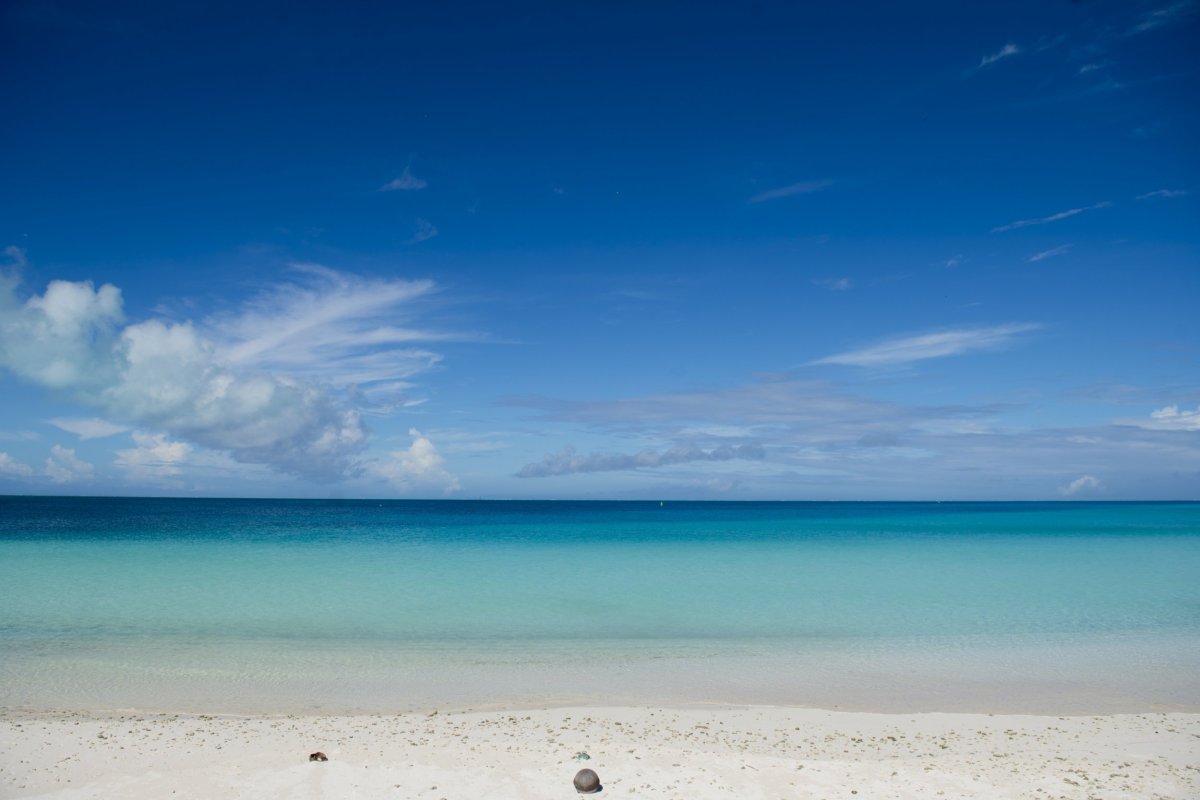
A Hawaiian island virtually disappeared during an intense hurricane earlier this month,The Guardian reported.
East Island, an 11-acre stretch of sand and gravel 550 miles northwest of Honolulu, was submerged during the Category 5 Hurricane Walaka, the second-strongest tropical cyclone to hit the central Pacific, according to Forbes.
Satellite images of the former island from the U.S. Fish and Wildlife Service show only small patches of sand above water.
"I had a holy [s***] moment, thinking, 'Oh my God, it's gone," University of Hawaii climate scientist Chip Fletcher said. "It's one more chink in the wall of the network of ecosystem diversity on this planet that is being dismantled."
"We wanted to monitor the island so we are disappointed it has gone, but on the other hand we have learned these islands are far more at risk than we thought. I thought the island would be around for a decade or two longer, but it's far more fragile than I appreciated."
The islet, which was part of the French Frigate Shoals, was located in the Papahānaumokuākea Marine National Monument, one of the largest marine conservation areas in the world.
The half mile-long island held a significant ecological role. Critically endangered Hawaiian monk seals nurtured their young on East Island. Green sea turtles, a threatened species, and seabirds also relied on the now-submerged spit of land.

The disappearance occurred as worries mount about the impact of climate change, which were emphasized by an ominous report released by the United Nations Intergovernmental Panel on Climate Change earlier this month.
"These small, sandy islets are going to really struggle to persist," Charles Littnan, the director of the National Oceanic and Atmospheric Administration's protected species division, told HuffPo. "This event is confronting us with what the future could look like."
Melting ice sheets and rising ocean levels will particular affect small island nations. "While contributing less than 1 per cent to the world's greenhouse gas emissions, these countries are among the first to experience the worst and most devastating impacts of climate change with greater risks to economies, livelihoods and food security," the United Nations Development Program said in 2017.
The global sea level in 2014 was 2.6 inches above the 1993 average, according to the National Ocean Service.
NOAA has warned that the intensity of tropical cyclones will likely increase due to climate change, as will the percentage of storms that become very intense.
Uncommon Knowledge
Newsweek is committed to challenging conventional wisdom and finding connections in the search for common ground.
Newsweek is committed to challenging conventional wisdom and finding connections in the search for common ground.
About the writer
Daniel Moritz-Rabson is a breaking news reporter for Newsweek based in New York. Before joining Newsweek Daniel interned at PBS NewsHour ... Read more
To read how Newsweek uses AI as a newsroom tool, Click here.








